Welcoming New Members
Observatoire de la Côte d'Azur joins IAWN
(Dec 2020) The circle of IAWN signatories continues to grow with the Steering Committee's endorsement of the Observatoire de la Côte d'Azur (OCA) application. With four sites (Mont Gros and Valrose in Nice, Sophia Antipolis, and the Plateau de Calern observatory), OCA is already an active participant in NEO activites.
Welcoming three new members!
(Oct 2020) We extend our warmest welcome to three new members:
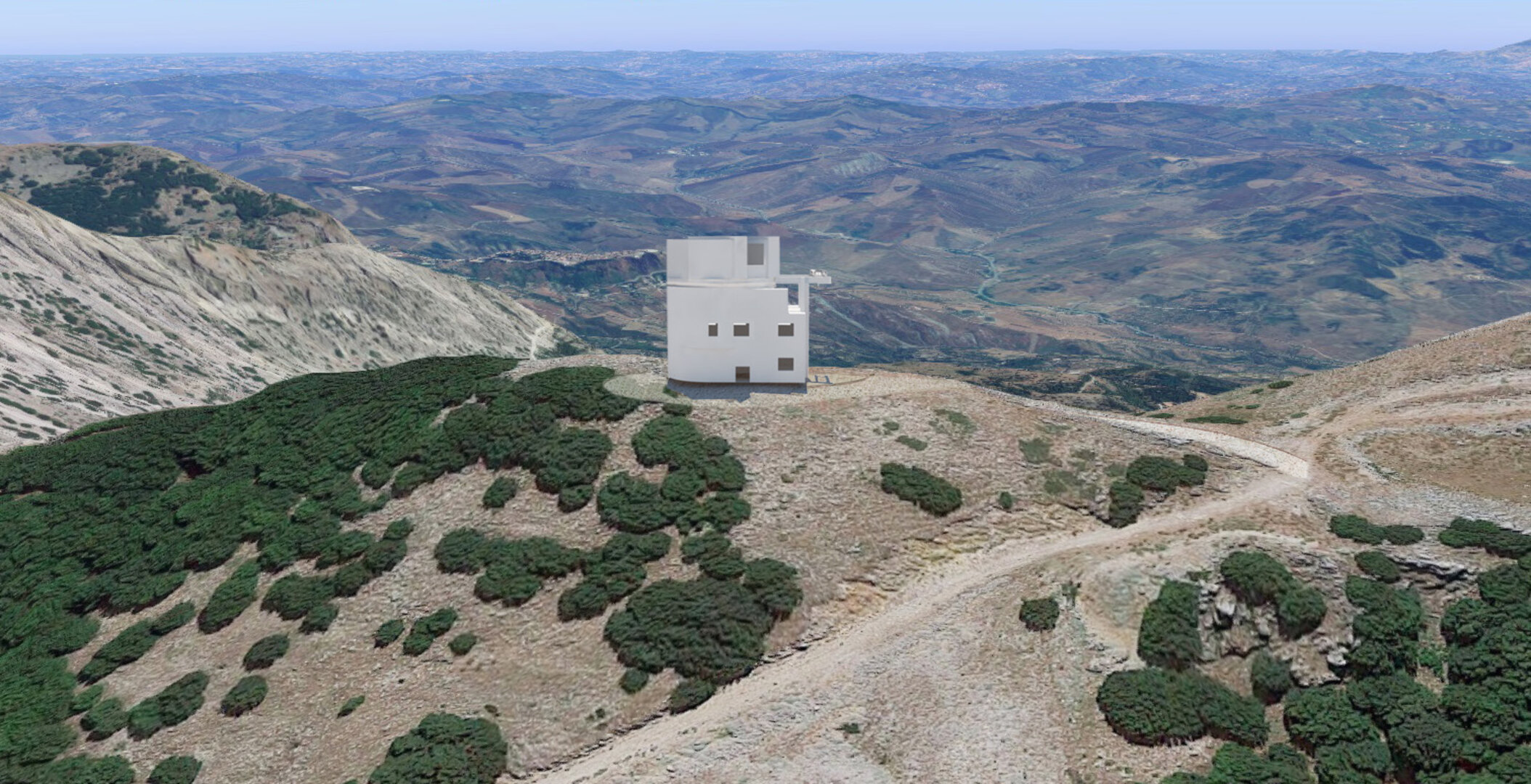
The 1-m Fly-eye Telescope will be housed at Monte Mufara in Sicily, Italy, managed by ASI.
Courtesy: ESA
Agenzia Spaziale Italiana, ASI. As a delegation to the ESA SSA and Space Safety Programs, ASI supports the development of the ESA Fly-Eye telescope, a 1-m wide-field telescope that will be devoted to NEO discovery. The ASI NEO Center, housed at the ASI Headquarters at Roma, will host various NEO observation tools and services, such as the NEODyS service. ASI also manages the NEOROCKS project which oversees several databases and products related to NEO studies, including the NEO Physical Properties Priority List and Database. The Space Geodesy Center, managed by ASI, operates the Matera Laser Ranging Observatory and a 20-m VLBI antenna.
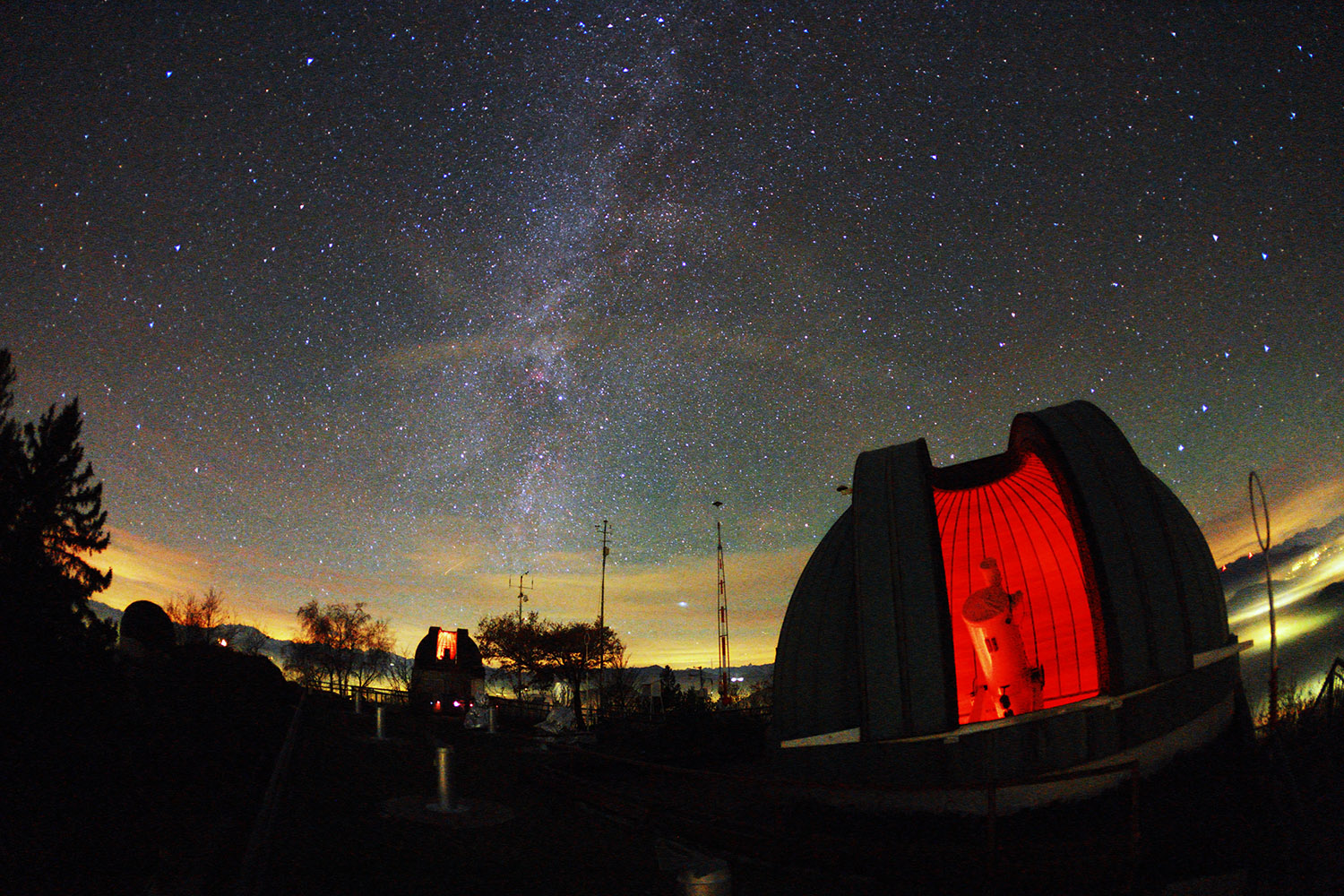
Schiaparelli Observatory at night.
Courtesy: Luca Buzzi
Società Astronomica G.V. Schiaparelli (point of contact: Luca Buzzi) operates the Schiaparelli Observatory (IAU Code: 204). Built in 1964, the observatory now houses one of the largest amateur-operated telescopes in Italy, a 0.84-m f/3.5 reflector, and frequently contributes follow-up astrometry of newly discovered NEOs and comets. The observatory receives thousands of visitors each year, mostly from the nearby city of Milan.

The 0.8-m/1.2-m Schmidt telescope at Baldone Astrophysical Observatory.
Courtesy: Baldone Observatory
Baldone Astrophysical Observatory of Institute of Astronomy, University of Latvia (IAU Code: 069). The Observatory houses a 0.8-m/1.2-m Schmidt telescope which has been used for discovery, follow-up, and characterization of NEOs since 2008. Since its first light in 1964, the telescope has accumulated many photographic plates over its 50-year service. These plates have been digitized and are now being used for archival research of asteroids and comets.
IAWN Welcomes Keldysh Institute of Applied Mathematics
(Sep 2020) Keldysh Institute of Applied Mathematicsof the Russian Academy of Sciences (KIAM RAS) coordinates the ISON project on optical observations of space debris and NEOs. With several sites around the world including ISON-NM (MPC code H15) in the USA, where two comets and several asteroids were discovered; the Kislovodsk site (MPC code D00) in Russia, where the famous C/2012 SI (ISON) comet was discovered in 2012; an 80-cm telescope at the Peak Tcrskol Observatory (DO5), also in Russia; a 40-cm telescope at the UAS-ISON observatory (V26) in Mexico; ISON-Castelgrande Observatory (L28) in Italy, which participated in the 1999 KW4 Observing Campaign in 2019, as well as other sites.
Five new IAWN members!
(Feb 2020) In the last couple of months, the ranks of IAWN have grown substantially. Below are the new signatories, with their capabilities briefly described:
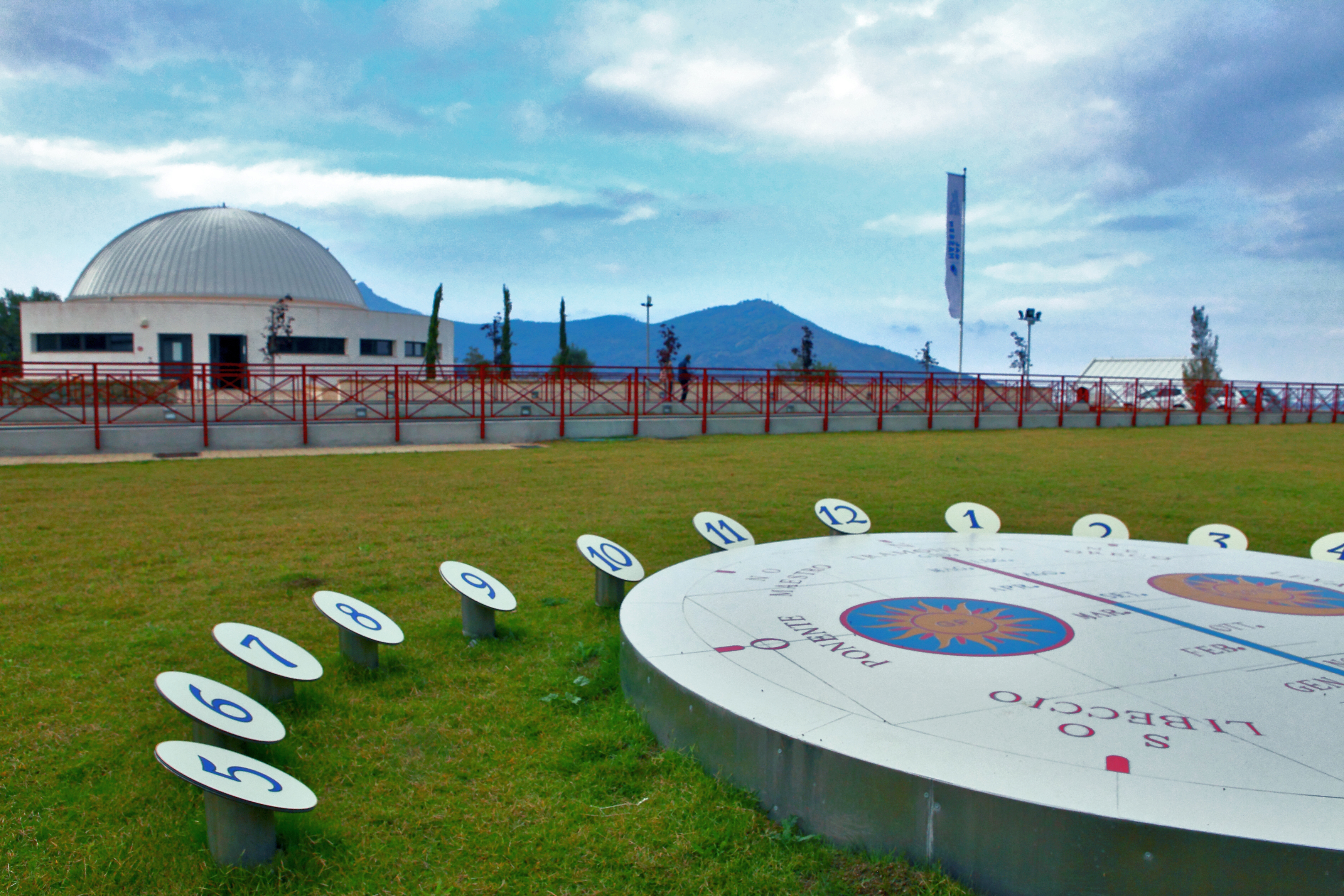
GAL Hassin
Fondazione GAL Hassin is well situated in Sicily at over 600m elevation, well away from the city lights of Palermo. In addition to one 0.4m telescope providing observations as observatory code L34, the team is also building a 1-m telescope to support the new Flyeye Telescope as it surveys for NEOs and space debris.
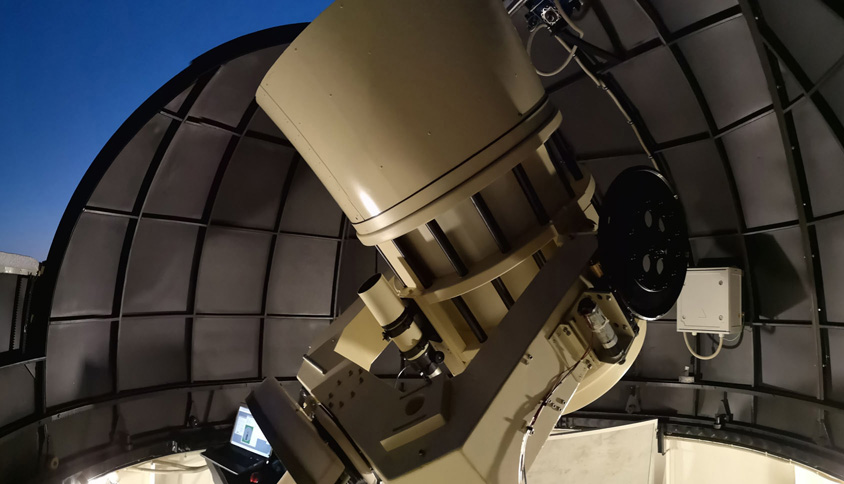
Borisov's discovery telescope.
Courtesy: Gennady Borisov
Gennady Borisov is the now world-famous discoverer of the first interstellar comet 2I/Borisov. He builds his own equipment and operates the MARGO observatory in Crimea. In addition to his interstellar comet, he has several other comet and NEO discoveries. Gennady concentrates on the near-Sun regions of the sky, and also in the galactic plane where other surveys do not routinely operate.
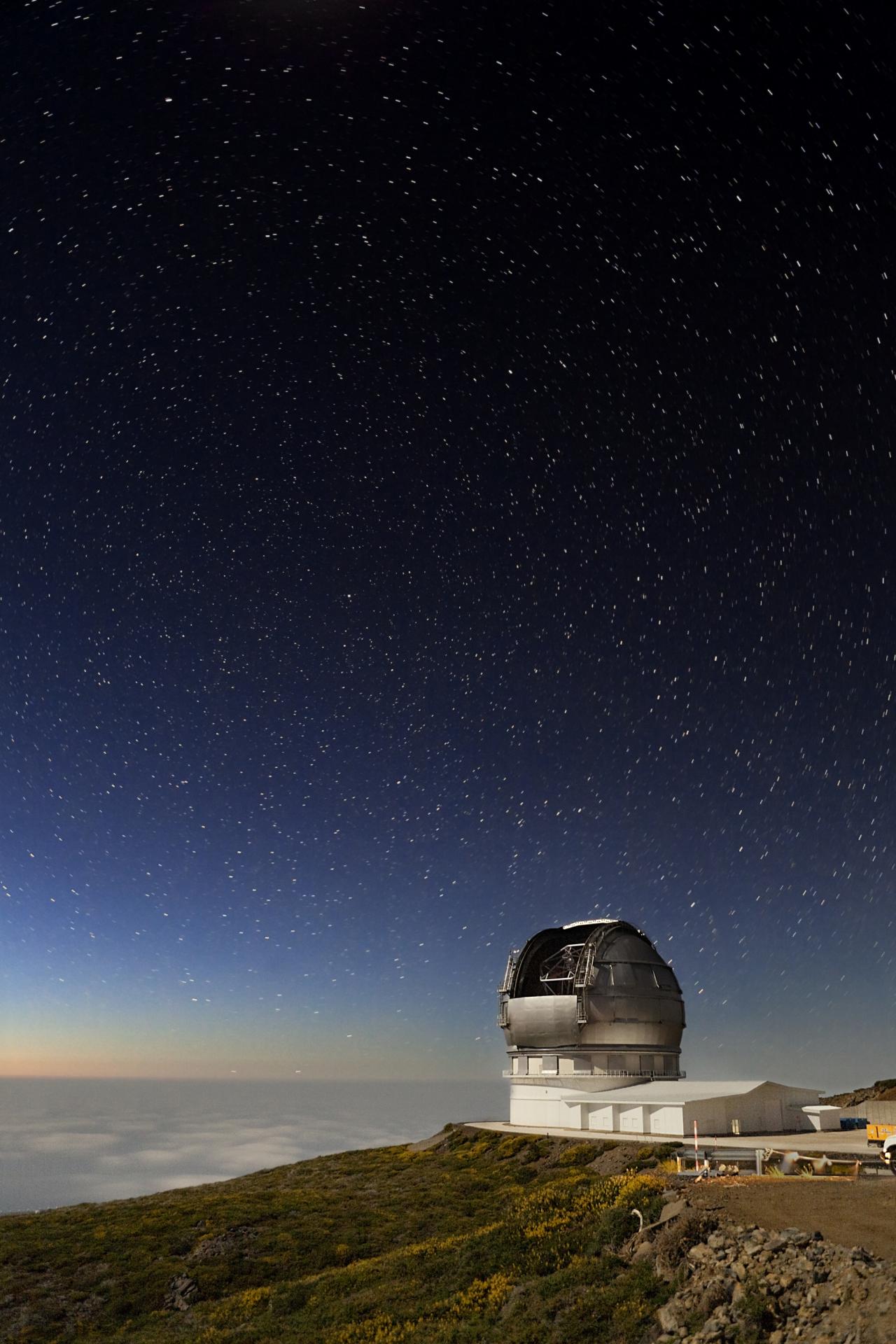
IAC
Courtesy: Pablo Bonet
The Instituto Astrofisica Canarias (IAC) hosts some of the largest telescopes in the world. Routine NEO follow-up observations are acquired here each month using 1- and 2-meter class telescopes as part of a program run by ESA, in addition physical observations in support of spacecraft missions are also undertaken. The IAC has the opportunity to work on the faintest objects in need of ground-based follow-up if needed.
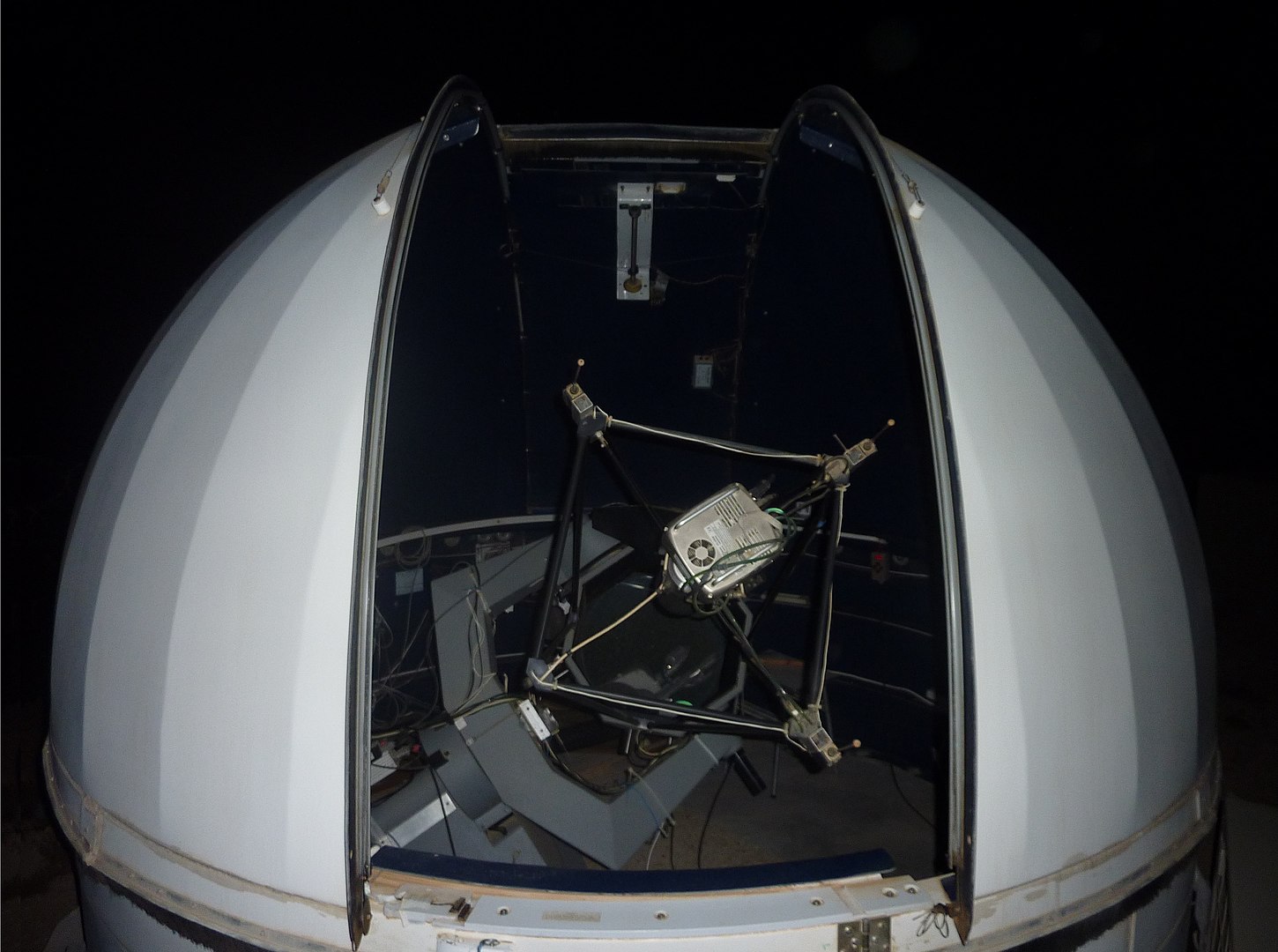
Wise Observatory
Courtesy: Shy Halatzi
ISA, the Israel Space Agency, is contributing NEO follow-up and physical property studies through their Wise Observatory (code 097). In particular, the team is using a new technique on a new telescope (W-FAST) to assist with follow-up of very rapidly-moving NEOs discovered by IAWN member the ZTF, and of course any other NEOs for which this technique could benefit. The team is also embarking on a major lightcurve project, also in conjunction with the ZTF (through ZTF collaborator Weizmann Institute), to physically characterize small NEOs and MBAs.
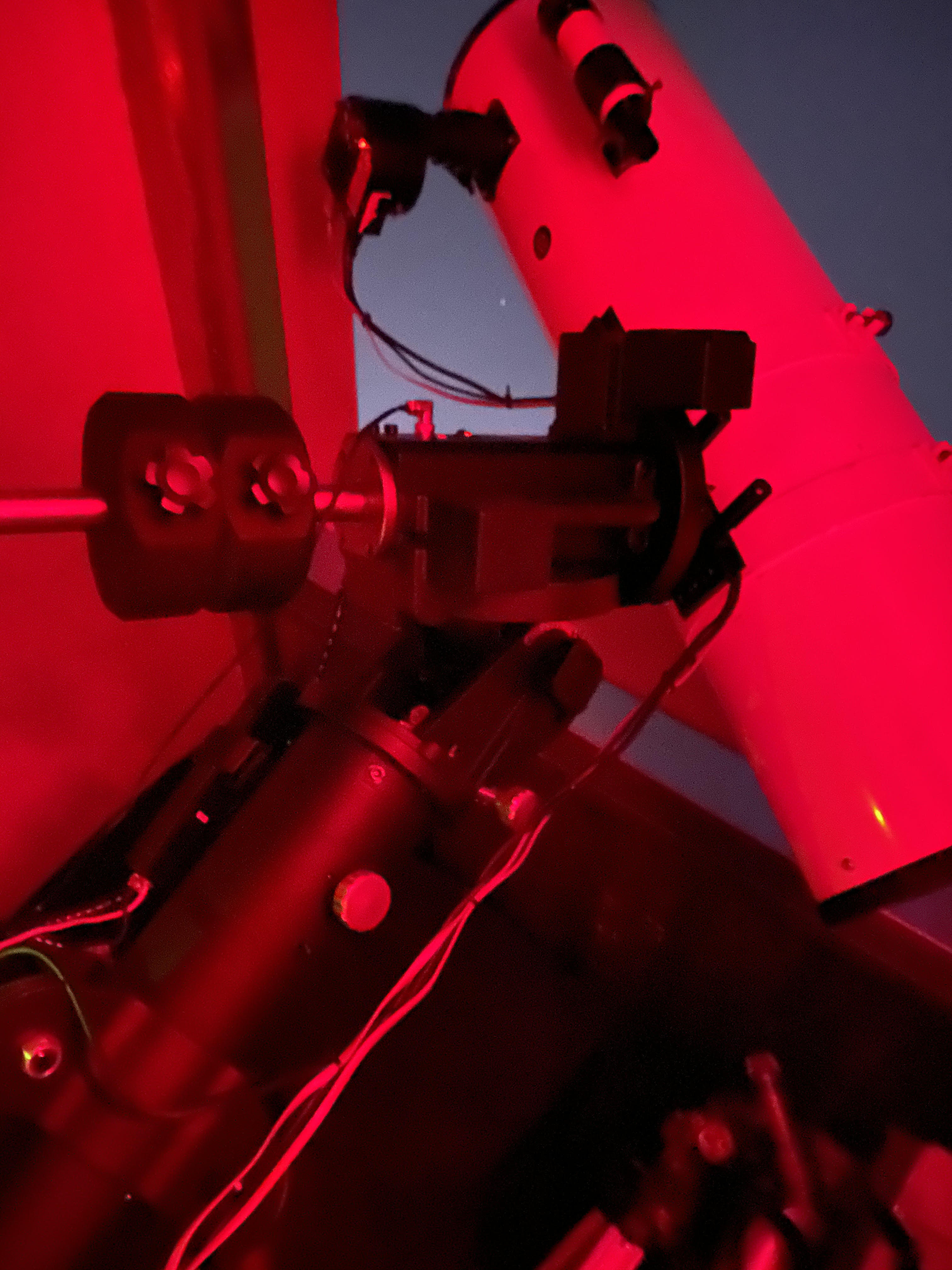
Courtesy: Jordi Camarasa
Jordi Camarasa, observatory code B49, Spain: Located north of Barcelona, observatory code B49 has been providing asteroid and comet observations for the last 12 years. The work focuses on NEOs and comets in need of orbital improvement and objects on the NEOCP.
Welcoming 3 new IAWN members!
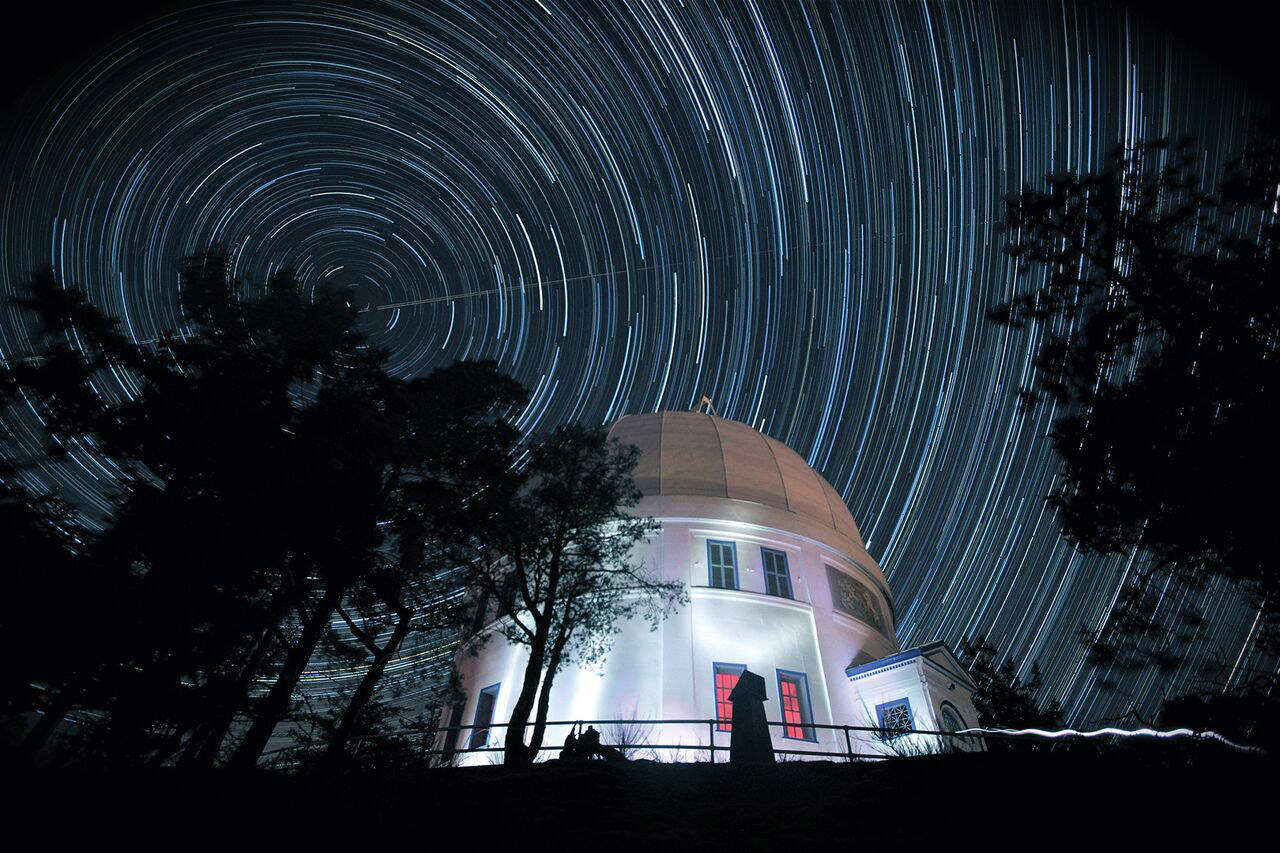
Dominion Astrophysical Observatory
Courtesy: National Research Council of Canada
(Oct 2019) The IAWN Steering Committee has approved 3 more members. They are:
- David Balam of Spaceguard Consulting:
- An NEO follow-up observer for at least the last 25 years, David primarily uses the 1.8-m Plaskett Telescope (observatory code 658) in Victoria, British Columbia. The program is given up to 220 nights per year for NEO follow-up, and uses this time for NEOCP and follow-up of PHAs. David also has user access to the Canadian Space Agency's NEOSSat (observatory code C53) - an orbiting observatory that can observe at small solar elongations.
- Patrick Wiggins, observatory code 718, Tooele, Utah:
- Located in Utah in the western United States, Patrick Wiggins has a long history of performing NEO follow-up and physical observations of bright NEOs and NEOCP candidates.
- SONEAR Observatory, observatory code Y00, Brazil:
- Operating as southern-hemisphere discovery system since 2013, SONEAR has discovered 7 comets and 32 NEOs including 2019 OK, the now-famous close approaching NEO that caused a bit of a press sensation after just missing the Earth this last July. SONEAR is staffed entirely by amateur astronomers and operates in a remote fashion with automated detection and measurement software. SONEAR is currently filling a search gap as there are currently few other search systems in the southern hemisphere. SONEAR astronomers include Cristovao Jacques, Eduardo Pimentel, and Joao Ribeiro de Barros, and they use software developed by Dr. Paulo Holvorcem.
Osservatorio Astronomico Sormano
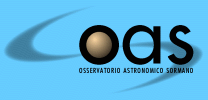
Logo for Osservatorio Astronomico Sormano
Courtesy: Osservatorio Astronomico Sormano
(Jul 2019) IAWN extends a warm welcome to its newest member Sormano Astronomical Observatory, located in northern Italy. This team has been observing NEOs and comets for over 20 years specializing in critical astrometric follow-up of NEOs from the NEOCP and the JPL risk page. Their main instrument is a 0.5m telescope and CCD with a field of view > 30 arcminutes and a faint limit of V > 21. In addition to observational expertise, this team also has orbit and identification experts capable of linking NEOs together that have not been seen in decades. The Sormano team is another great addition to the Network!
Welcome aboard!
- Facilities
- 0.5m f/6.8 RCOS Ritchey Chrétien
- Location
- MPC 587 (Prealpi Lombarde, about 40 km north of Milan, Italy)
Northolt Branch Observatories
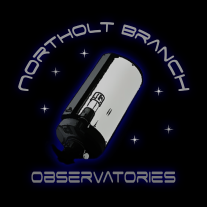
Logo for Northolt Branch Observatories
Courtesy: Northolt Branch Observatories
(Jun 2019) IAWN would like to extend a warm welcome to Northolt Branch Observatories. Earlier this week they submitted a formal request and it has been accepted by the Steering Committee. Northolt Branch operates three facilities with observatory codes Z80, Z48, and Z37 that specialize in asteroid and comet astrometry. The location of the observatories in longitude 3/4 of the way around the Earth from the main discovery programs in the southwestern United States allows for follow-up less than a day after discovery for bright and rapidly-moving NEOs. They also have Facebook and Twitter feeds.
Welcome aboard!
- Facilities
- 0.25m f/8 Ritchey Chrétien
0.07m f/5.9 refractor
0.30m f/8 Ritchey Chrétien
0.15m f/10 Schmidt-Cassegrain - Location
- MPC code Z80, Z48, Z37 (London, England; Blandford Forum, England; Marburg, Germany)
- Observations
- Asteroid and comet astrometry, lightcurves of NEAs
- Contributions
- NEO follow-up, outreach
Višnjan Observatory
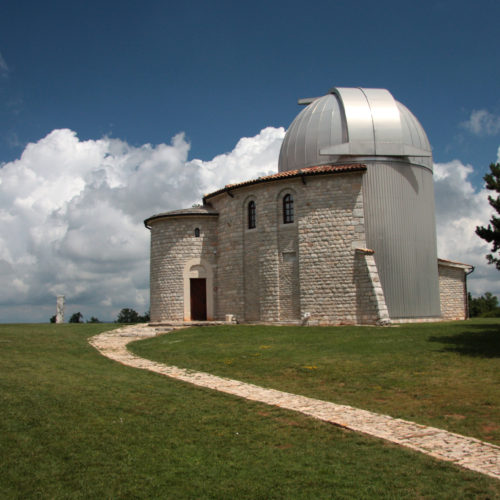
Višnjan Observatory
Courtesy: Višnjan Observatory
(Nov 2018) Višnjan Observatory (VO), Tican joins IAWN, with telescope facilities for survey, follow-up and physical characterization of minor planets in the Solar System. VO has more than 25 years of asteroid observing, discovery and follow-up (MPC code 120 and newly allocated MPC code L01). VO's time is primarily dedicated to operational asteroid observation, but also serves the community in educating students and future experts in the field of Solar System science.
- Facility
- Višnjan Observatory, Tican
1m f/2.9 telescope equipped with 3056 × 3056, 12 × 12 µm CCD - Location
- MPC code L01, Tican, Croatia
- Observation
- Discovery, follow-up and physical characterization
- Contributions
- NEO follow-up, possibly survey, lightcurve measurements, critical observations
Zwicky Transient Facility
(Aug 2018) IAWN would like to welcome the Zwicky Transient Facility, or ZTF to the IAWN as of July 2018! Below we provide a bit of information on the project.
Beginning in early 2018, the Zwicky Transient Facility or ZTF (a collaboration led by the California Institute of Technology; see ATel #11266) began operation. On February 5 of this year (2018), ZTF discovered their first NEO, designated 2018 CL by the Minor Planet Center. Since this time, the ZTF has discovered several more NEOs, as well as a ~1000 main belt asteroids.
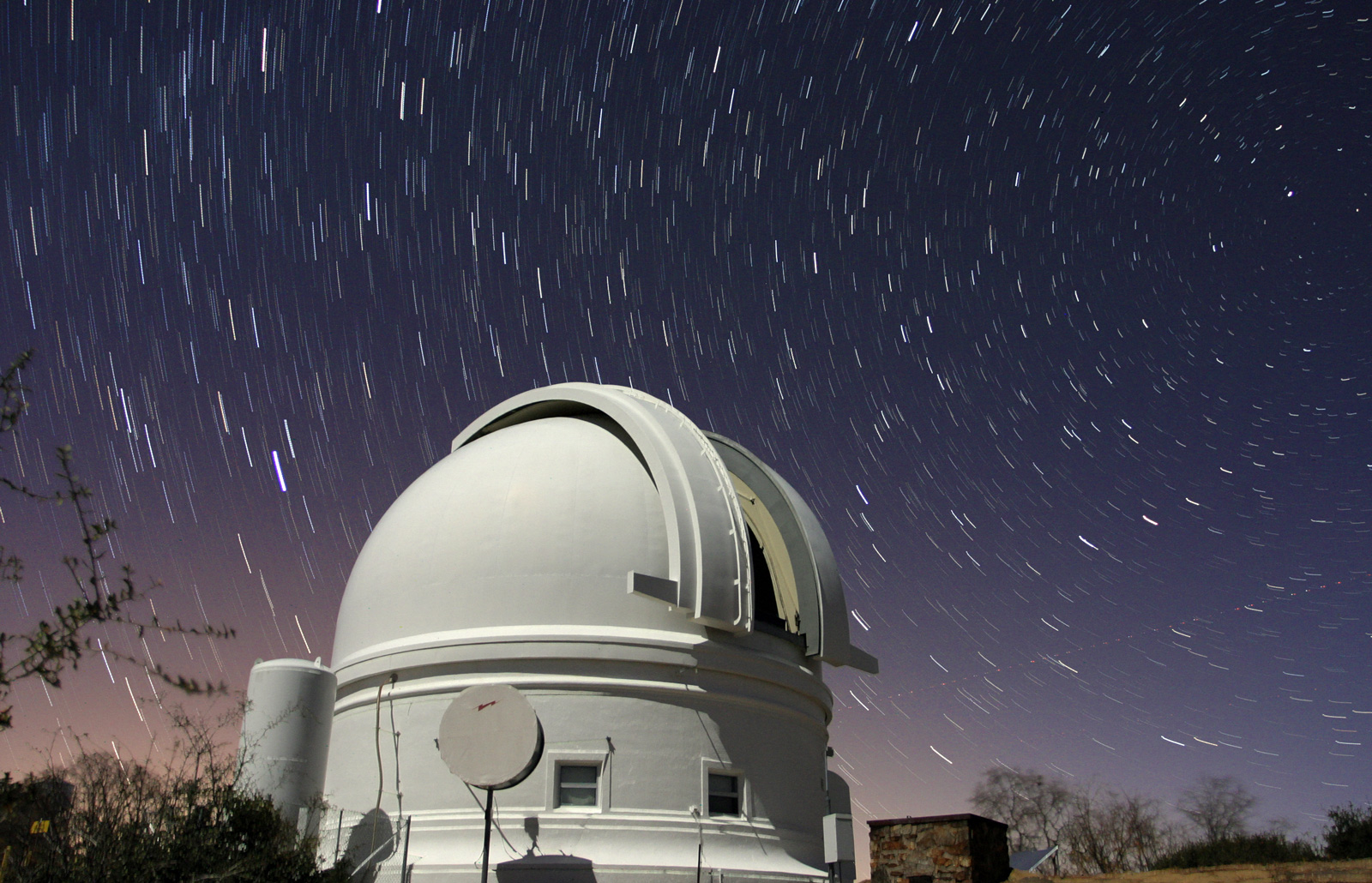
Palomar Schmidt Dome
ZTF website at Caltech
Credit: Palomar/Caltech
The ZTF uses the 1.2m Palomar Oschin Schmidt telescope and a large mosaic of CCDs to cover over 3500 square degrees of sky per hour to around V magnitude = 20.5. This wide area coverage and faint limit will allow the ZTF to discover NEOs that are fainter than discoveries that would normally be picked up by either the ATLAS telescope, (https://fallingstar.com/home.php) or the Catalina Sky Survey Schmidt telescope (https://catalina.lpl.arizona.edu/) which cover similarly large areas of sky. These three systems together represent a significant advance in planetary defense, as they are able to cover significantly larger portions of the sky than traditional surveys and allow for improved and increased warning for small objects on impacting trajectories. ZTF's sky coverage is sufficiently large that it should also allow repeated observations of most main-belt asteroids down to V magnitude fainter than 20. Readers should be aware that a larger catalog of main-belt asteroids facilitates easier NEO detection, and easier operation of these surveys.
The Palomar Oschin Schmidt has historically been a pioneer observing facility for NEO discovery. Several large and important NEO discoveries were made using photographic plates during the Palomar Sky Survey in the late 1940s and early 1950s. These discoveries include (1566) Icarus and (1620) Geographos. While conducting the second Palomar Sky Survey in the 1980s and 1990s, a few dozen NEOs and comets were discovered. During the early 2000s, the Oschin Schmidt was used for over 300 NEO discoveries as part of the NEAT survey run by Eleanor Helin. It is nice to see this facility in routine operation again, and we look forward to more NEO discoveries in the future.